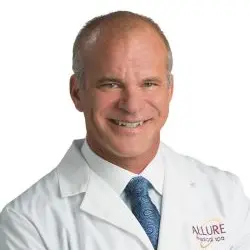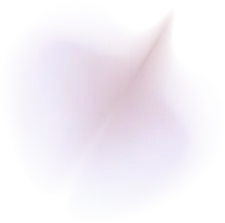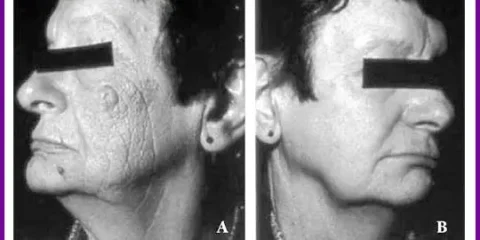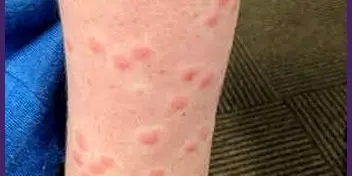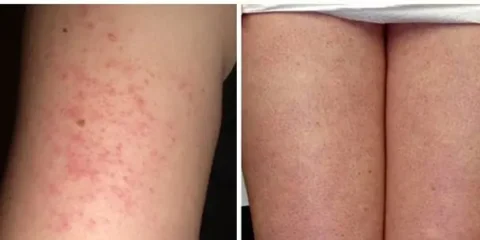What is mTOR?
mTOR is “Mechanistic Target of Rapamycin” is an enzyme that is coded by the gene called mTOR that regulates cellular growth and repair.
Rapamycin is a drug approved by the FDA to inhibit mTOR in patients with kidney transplants as well as a rare skin disorder.
When mTOR is turned on, cells grow.
When mTOR is off, our cells undergo repair and maintenance.This is referred to as autophagy .
A balance between the cycling on and off of mTOR is necessary for humans to grow into adults, and then keep our bodies repaired, and our cells fresh.
mTOR allows our bodies to grow when we are young, grow bigger muscles and suppress cellular repair.
mTOR also, when switched on eventually leads to “geroconversion” of cells,meaning it leads to aging.
We need to turn mTOR off to repair damaged cells which can not only turn into cancer but also prevent cellular senescence or cellular aging.
What is the Root Cause of Aging?
Cellular senescence is a root cause of aging.Senescence means that the cells are no longer actively functioning and turning over into new fresh cells, but they are worn out, won’t die, and encourage other cells to become worn out as well. Senescence is an undesirable effect of continuous mTOR activation.
mTOR is turned on by eating carbs and protein. It can be inhibited by fasting.
Rapamycin was discovered decades ago and appears to be the specific drug therapy that can turn mTOR off so that the body can repair damaged cells caused by aging.
Rapamycin: A Potential Longevity Drug?
Rapamycin has been studied as a potential longevity drug in recent years. Rapamycin appears to prolong life in yeast, worms, flies, and mice. It is being studied in human and dog longevity currently.
In animal studies, Rapamycin not only prolonged life span but also extends health span.In other words, the creatures not only survived longer, but they also stayed younger longer.
Studies Using Rapamycin as a Skin Cream
Rapamycin is FDA approved for a rare skin condition and has been tested for safety as a cream (the main form of Rapamycin is a pill).When applied to the skin, the main effects are on the skin, and there is essentially no significant absorption outside of the skin.
Recently, Rapamycin was tested to see if it could reverse markers of skin aging and reverse the appearance of aged skin in humans. The dosage used was much lower than what is used to treat disease.
In this Philadelphia PA Drexel University College of Medicine study, the skin of people older than 40 was evaluated for signs of aging. Biopsies were taken and tested for aging markers, and high-quality photographs were taken.
They were given a container of Rapamycin cream, as well as a placebo cream, and instructed on using the same cream on the same hand every 1-2 days. They were evaluated over 8 months.
On follow-up tissue samples, they found that markers of aging were diminished on the Rapamycin treated side, the collagen was better and the cells were more organized.
They also tested for senescence (the hallmark of aging) with mRNA and found the Rapamycin treated side was younger.
The majority of subjects had fewer wrinkles, and thicker, healthier skin on the Rapamycin treated side. The vein and tendon (bony hands) appearance was diminished on the Rapamycin side due to the increased thickness of the skin. Pigmentation and brightness of the skin were also improved on the treated side.
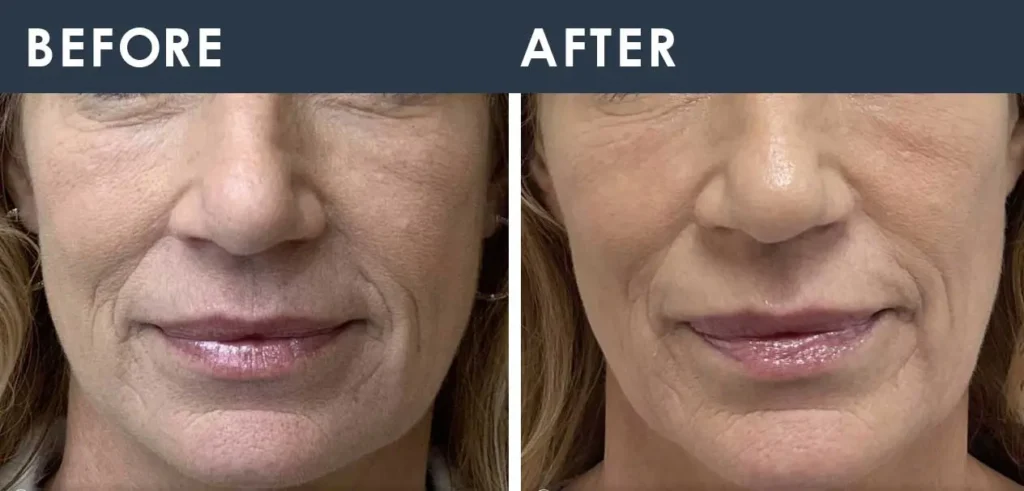
A patient of ours at Allure Medical used Rapamycin (sirolimus) cream and saw improvement in her skin wrinkles.
Is Rapamycin Anti-Aging Cream Available?
Rapamycin (sirolimus) cream for a rare skin disorder is 0.1%. The sirolimus used in this study was 0.001%. This cream is not commercially available and is made from the raw ingredient by compounding pharmacists.The cost of rapamycin (also called Sirolimus) is generally around $100 for 30 ml.The typical dose is ½ to 1 ml every other day, so it should last 2-4 months.
Rapamycin is only available by a prescription from your doctor. I am not suggesting that you ask your doctor for Rapamycin cream, this is for your information only.
References:
Visible effects of rapamycin (sirolimus) on human skin explants in vitro.Archives of Dermatological Research volume 305, pages163–171 (2013). Peramo et al
Rapamycin retards epigenetic ageing of keratinocytes independently of its effects on replicative senescence, proliferation and differentiation. Aging (Albany NY). 2019 May 31; 11(10): 3238–3249. Horvath S et al
Topical rapamycin reduces markers of senescence and aging in human skin: an exploratory, prospective, randomized trial.GeroScience, (2019) 41:861–869. C. L. Chung


